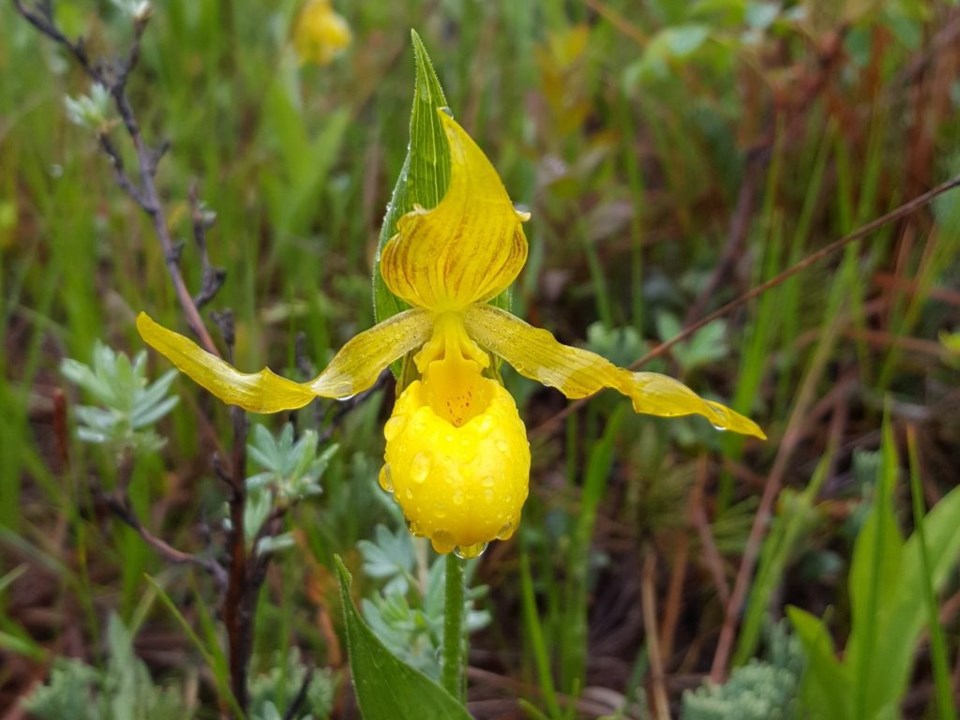Scott Hayes, Local Journalism Initiative Reporter | [email protected]
The data has been tabulated and the results are conclusive: Nature AlbertaтАЩs Citizen Science program continues to propagate with unmitigated success.
тАЬIt puts literally millions of observers out in the field collecting data and supporting these massive databases on species,тАЭ said Steph Weizenbach, the organizationтАЩs program director.
Citizen Science tackles a problem that is less about science and more about logistics. With every research project, there is always a need for a larger sample size and more data to come up with the conclusions that support those results.┬а
While scientists are really good at getting out in the field and collecting high-quality data for their research, they often struggle to achieve sufficient sampling. It seems that there arenтАЩt enough scientists and the existing ones donтАЩt have enough help. ThatтАЩs where Citizen Scientists come to the rescue.
On top of all that, Weizenbach said itтАЩs a great way to be connected to nature and learn about the environment.
тАЬIt's a fantastic way to learn about the species in Alberta and across the world and gather that important data on species to make sure that we have all the information that we can.тАЭ
Nature Alberta supports and promotes a wide variety of Citizen Science projects and BioBlitz events where participants must record and identify as many species as possible in a specific area over a short timeframe.
It also encourages people to log on to apps like eBird and iNaturalist to keep track of their findings. Those apps return information to massive databases that scientists can plumb for their own research efforts.
Learning about the natural world is one thing, but those who submit their photos and findings can also help scientists to identify species at risk.
Currently, Nature Alberta has a project focusing on the Franklin's ground squirrel. Not to be confused with a RichardsonтАЩs ground squirrel (better known as a gopher or a prairie dog) that is also an underground hole dweller, the Franklin's ground squirrel is larger, darker, heavier and has a noticeably bushier tail than its cousin.
Sightings are rare but there is not enough data at the moment to list it as a threatened species.
тАЬWe are encouraging people to upload their sightings,тАЭ Weizenbach said.
тАЬWe even have a system on our own website to upload historical data. If you have an old picture of a Franklin's ground squirrel, or they used to live on your property, or something like that, you can submit those sightings to help us gather information to then submit and even work with researchers to gather that information to support that species being listed as a threatened species if that is indeed where that population is at.тАЭ
Citizen Science programs extend into any branch of nature. The Canadian Nightjar Survey, for example, can take data on Common Nighthawk sightings along Maligne Lake Road but only for a one-month period in the early summer. Other programs include the Bumble Bee Watch, Clams and Mussels of Alberta and the Alberta Community Bat Program.
The two apps are also immensely popular including with Jasperites or visitors to the park. The iNaturalist page for Jasper National Park has 934 species out of 1,008 already registered on it. One observer, Caleb Catto, has cataloged more than 8,200 observations involving 3,119 species for a total of 52,131 identifications.
Ever wonder about the difference between spruce, fir and pine trees? That app also allows amateurs to get access to experts who can confirm your identification of the animal or help you identify what it is.┬а
тАЬThat confirmation of ID then has that observation marked as research grade and then anyone who's doing a project and needing observation data can grab that as a pool,тАЭ Weizenbach said, noting that species data is very important in Jasper National Park because itтАЩs located outside of cities where most participants submit their findings from.
People can visit to learn more and get involved.




